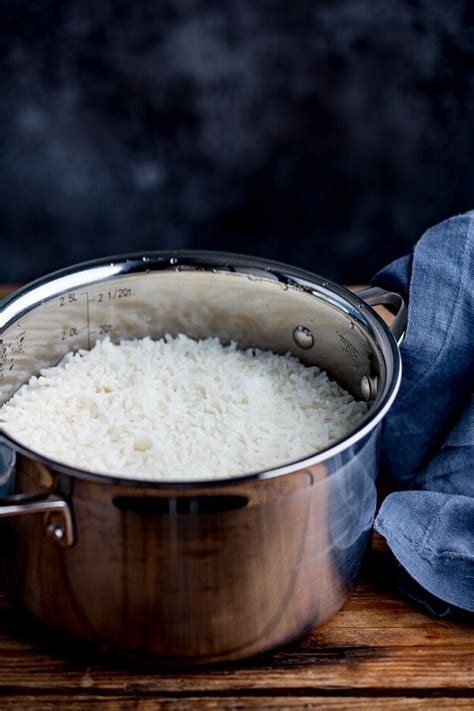How to Boil Rice: A Perfect Grain Every Time
Boiling rice might seem simple, but achieving perfectly cooked grains—fluffy and separate, not mushy—requires a bit of know-how. This guide will walk you through the process, offering tips and tricks for mastering this fundamental cooking skill. We'll cover different rice types and troubleshooting common issues, ensuring you get delicious results every time.
Choosing Your Rice
The type of rice you choose significantly impacts the cooking method. Here are a few popular varieties and their considerations:
-
Long-grain rice: This is the most common type, known for its individual grains and fluffy texture. It's ideal for dishes where you want the rice to hold its shape, like fried rice or rice bowls.
-
Medium-grain rice: Slightly shorter than long-grain, medium-grain rice is more tender and slightly sticky. It’s a versatile choice for many dishes.
-
Short-grain rice: These grains are round and plump, producing a sticky, almost creamy texture when cooked. Perfect for sushi or rice pudding.
The Basic Method: Boiling Rice on the Stovetop
This method works well for most rice types. Adjust cooking times based on your rice's package instructions.
What you'll need:
- Rice: The amount you wish to cook.
- Water: The ratio of water to rice is crucial. Generally, it's a 2:1 ratio (2 cups water for 1 cup rice), but always check your package instructions as this can vary.
- Pot: A medium-sized saucepan with a tight-fitting lid.
- Measuring cups and spoons: For accurate measurements.
Instructions:
-
Rinse the rice (optional): Rinsing removes excess starch, resulting in fluffier rice. Place the rice in a fine-mesh sieve and rinse under cold water until the water runs clear.
-
Combine rice and water: Add the rinsed rice to the pot and add the appropriate amount of water according to the package instructions.
-
Bring to a boil: Place the pot over high heat and bring the water to a rolling boil.
-
Reduce heat and simmer: Once boiling, immediately reduce the heat to low, cover the pot tightly with the lid, and simmer for the recommended time (usually 15-20 minutes for long-grain rice). Do not lift the lid during this time.
-
Rest: After the simmering time, remove the pot from the heat and let it stand, covered, for 5-10 minutes. This allows the rice to steam and finish cooking.
-
Fluff and serve: Once rested, fluff the rice with a fork before serving.
Troubleshooting Common Problems
-
Mushy rice: This usually means you used too much water or cooked it for too long. Next time, use less water and reduce the cooking time slightly.
-
Hard or crunchy rice: This indicates insufficient water or cooking time. Add a little more water next time and cook for a longer period.
-
Burnt rice: This happens when the heat is too high or the pot isn't properly monitored. Ensure the heat is low and consistent throughout the cooking process.
Beyond the Basics: Tips for Perfect Rice
- Use a good quality pot: A heavy-bottomed pot distributes heat more evenly, preventing burning.
- Don't lift the lid: Resist the urge to peek! Lifting the lid releases steam and can affect the cooking process.
- Experiment with ratios: While the 2:1 ratio is a good starting point, you might need to adjust it slightly depending on your rice and stovetop.
- Salt: Adding a pinch of salt to the cooking water enhances the flavor.
Mastering the art of boiling rice takes practice, but with these tips and tricks, you'll be well on your way to perfectly cooked rice every time. Enjoy!
